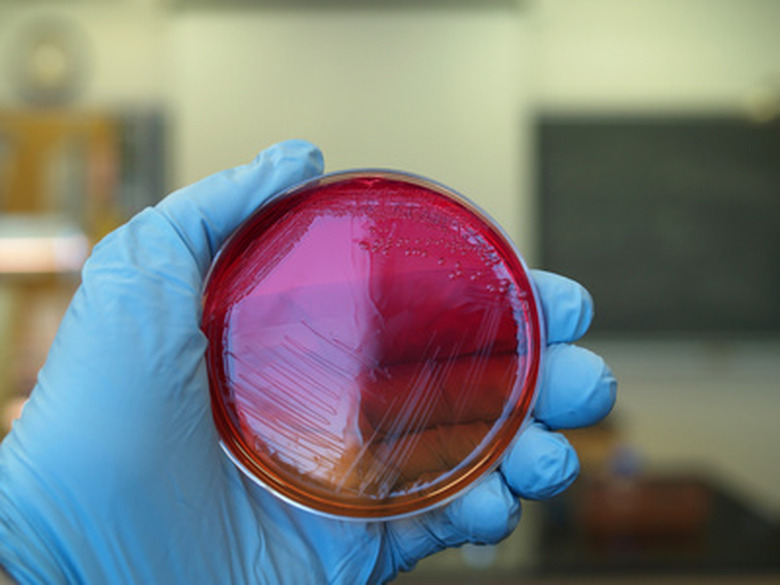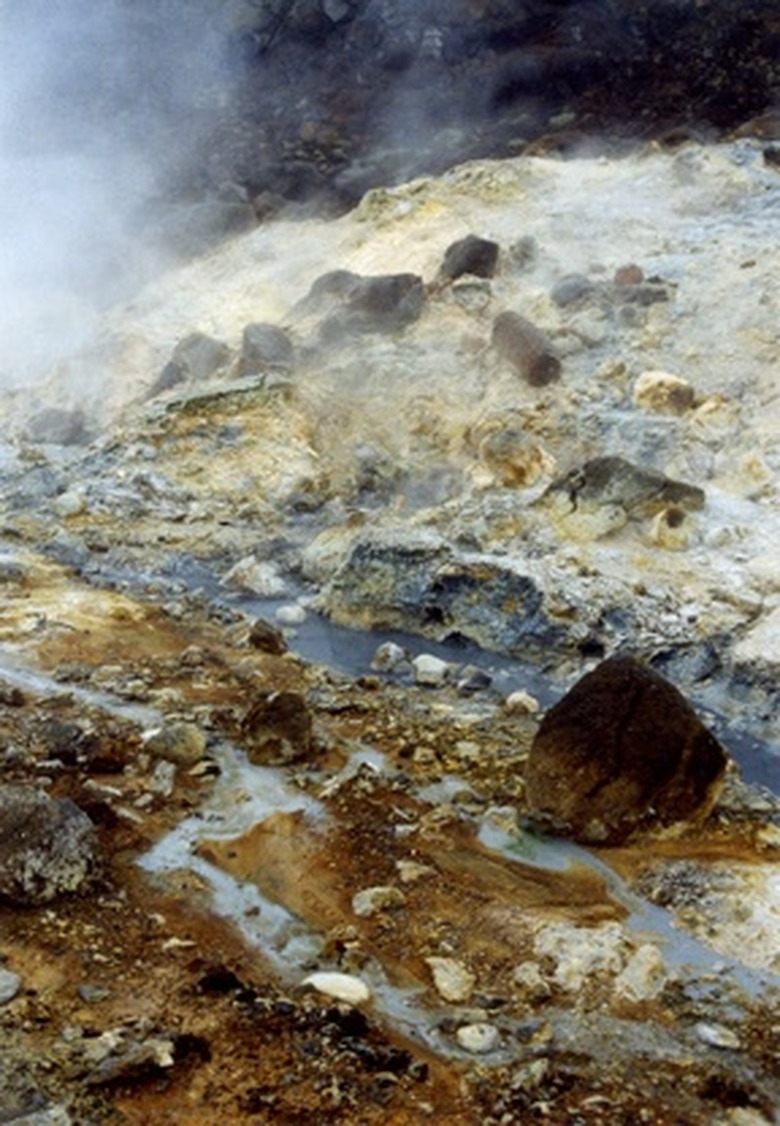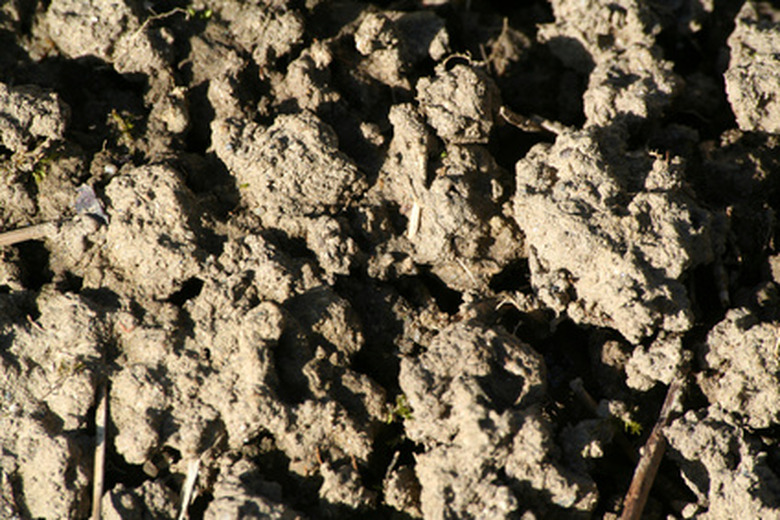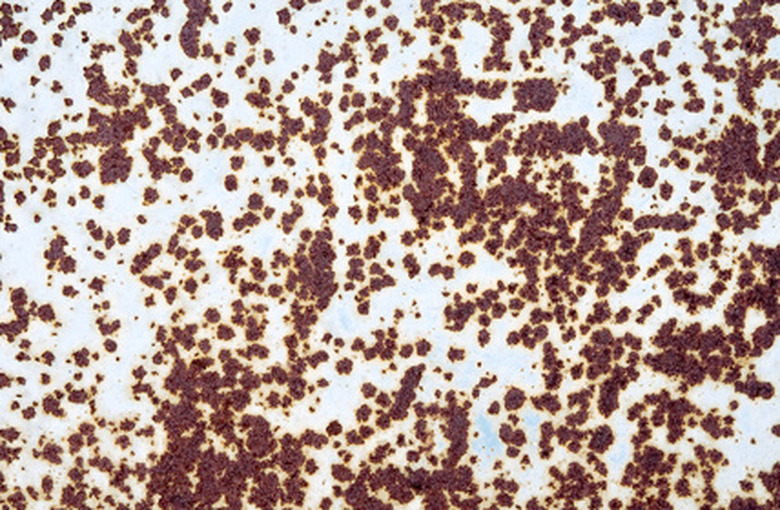Types Of Heterotrophic Bacteria
Heterotrophic bacteria are a type of bacteria that take the sugars they need to survive and reproduce from their environment, rather than making the sugars themselves from carbon and hydrogen. Bacteria that do produce their own sugars from carbon and hydrogen are called autotrophic. There are many different subtypes of heterotrophic bacteria.
Photoheterotrophs
Photoheterotrophs
Photoheterotroph is the term used to describe bacteria that acquire energy from sunlight but require organic compounds like sugars from their environment to survive. Examples of photoheterotroph bacteria include heliobacteria, green non-sulfur bacteria and purple non-sulfur bacteria.
Chemoheterotrophs
Chemoheterotrophs
Chemoheterotroph is the term used to describe bacteria that acquire energy from chemical reactions. Like all heterotrophs they require organic compounds to survive and cannot manufacture their own. Chemoheterotrophs are often found around thermal vents in the deep ocean.
Organotrophs
Organotrophs
Organotroph is the term used to describe bacteria that acquire their energy from an organic substrate. Examples of hetero-organotrophs include the bacteria involved in composting.
Lithotrophs
Lithotrophs
Lithotroph is the term used to describe bacteria that acquire their energy from an inorganic substrate. Heterolithotrophic bacteria are very rare.
Cite This Article
MLA
, Thomas James. "Types Of Heterotrophic Bacteria" sciencing.com, https://www.sciencing.com/types-heterotrophic-bacteria-6884639/. 24 April 2017.
APA
, Thomas James. (2017, April 24). Types Of Heterotrophic Bacteria. sciencing.com. Retrieved from https://www.sciencing.com/types-heterotrophic-bacteria-6884639/
Chicago
, Thomas James. Types Of Heterotrophic Bacteria last modified March 24, 2022. https://www.sciencing.com/types-heterotrophic-bacteria-6884639/




